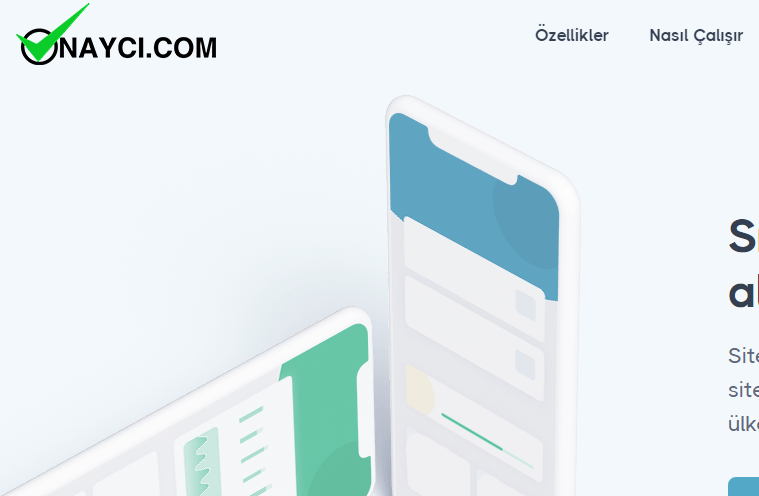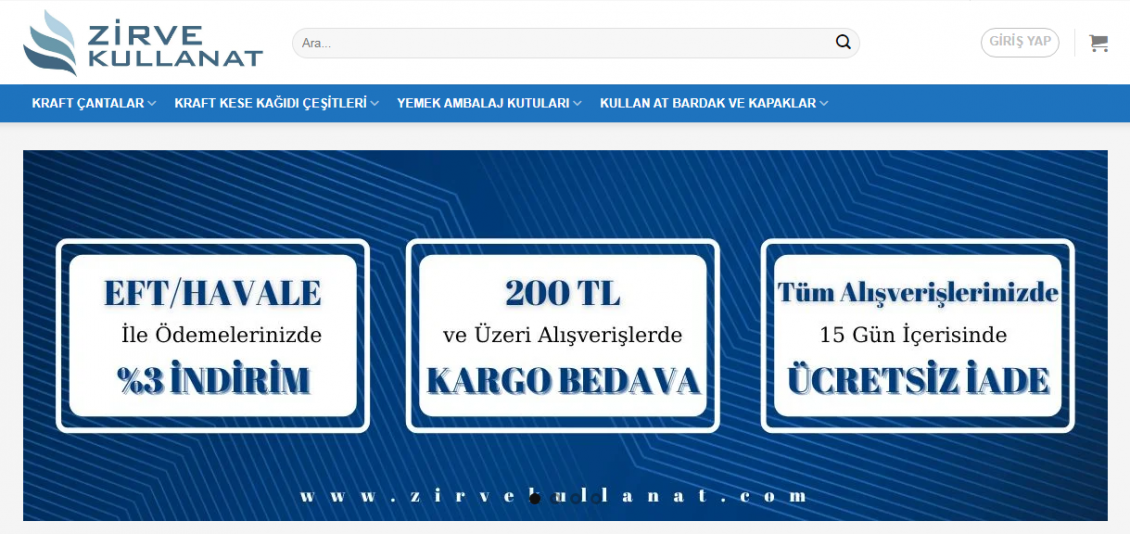A Comprehensive Guide to Creating an ERC20 Token

A Comprehensive Guide to Creating an ERC20 Token: Generator, Creator, and Implementation
In the rapidly evolving landscape of cryptocurrencies and blockchain technology, ERC20 tokens have emerged as a cornerstone for various decentralized applications (dApps), fundraising mechanisms, and digital asset representations. These tokens, built on the Ethereum blockchain, adhere to a specific standard known as create erc20 token , which ensures interoperability and compatibility among different tokens and platforms. In this article, we will delve into the process of creating an erc20 token generator , exploring both manual creation methods and automated token generators.
ERC20 Token Basics
Before delving into the creation process, it’s crucial to understand the fundamental concepts behind erc20 token creator . ERC20 is a technical standard used for smart contracts on the Ethereum blockchain. These tokens exhibit certain behaviors, including the ability to transfer tokens between addresses, check an account’s balance, and approve transactions. ERC20 tokens have functions such as totalSupply, balanceOf, transfer, transferFrom, approve, and allowance.
Manual ERC20 Token Creation
Creating an ERC20 token manually involves writing Solidity smart contracts conforming to the ERC20 standard. Developers need proficiency in Solidity, Ethereum’s programming language, and an understanding of Ethereum’s development environment. Steps include defining token attributes such as name, symbol, total supply, and decimal places, implementing token functionalities, compiling the contract, and deploying it onto the Ethereum network.






